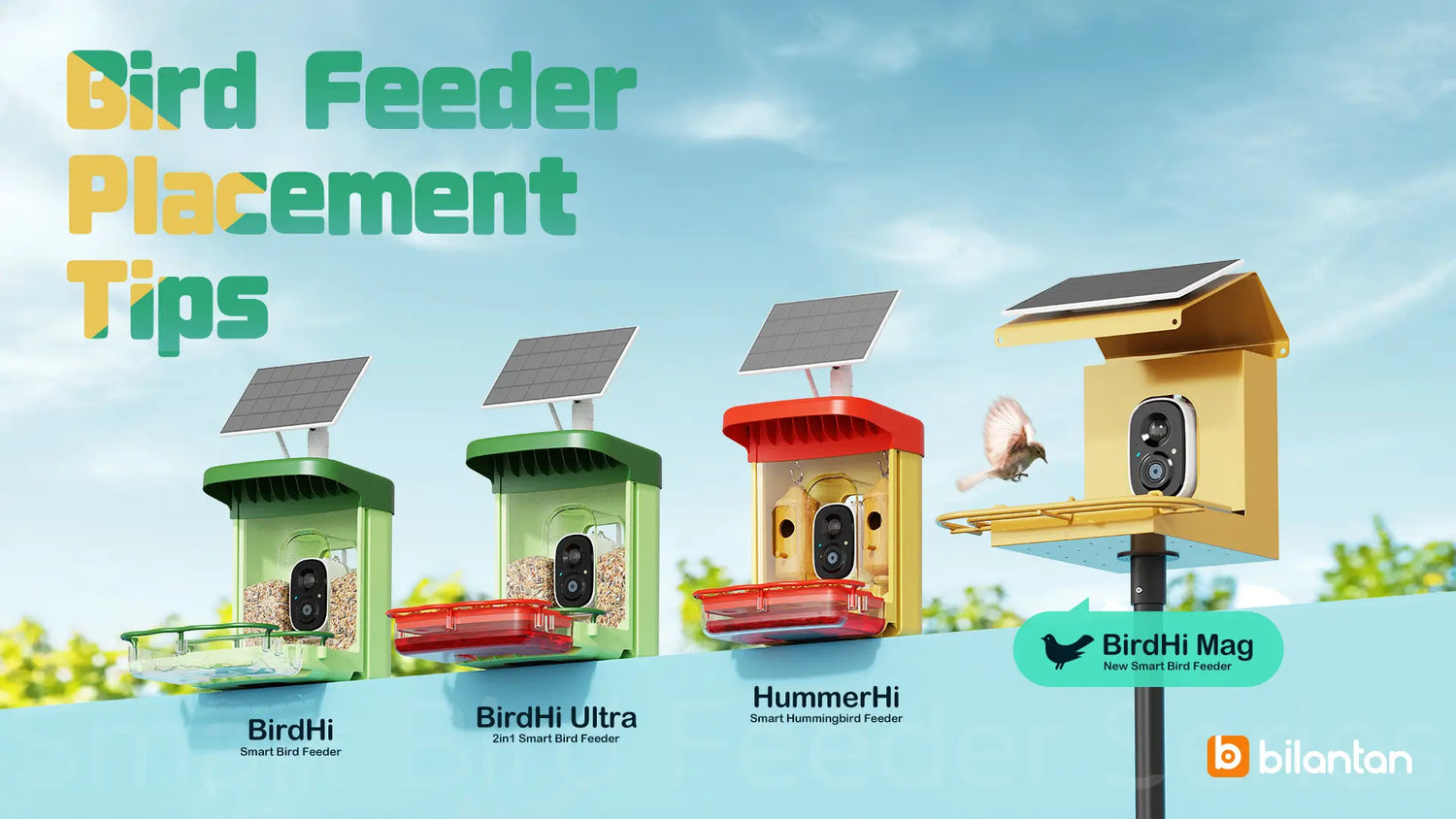Attracting feathered friends to your garden is a rewarding experience, but simply hanging a bird feeder isn’t enough. A truly successful bird feeding station requires a careful balance of aesthetics and functionality. Placement is crucial – it’s about more than just finding a spot; it’s about creating a safe, accessible, and visually pleasing haven for your avian visitors and enhancing the beauty of your outdoor space. Let’s explore how to achieve this harmonious blend.
Location, Location, Location: Choosing the Perfect Spot for Your Bird Feeder
The ideal location for a bird feeder considers several factors. Safety from predators is paramount. Cats, hawks, and other predators can easily ambush birds from unsuspecting perches. Position your feeder away from shrubs and overhanging branches where cats can hide and out of the direct flight path of predatory birds. Consider placing it close to trees or tall shrubs offering escape routes for smaller birds.
Accessibility for the birds, however, needs to be balanced with safety. Avoid placing feeders too close to windows, where birds might collide with glass. A minimum distance of 10 feet is recommended. Similarly, consider the prevailing wind direction. Avoid placing feeders in areas prone to strong gusts that might make feeding difficult or even knock the feeder off its mount. A sheltered location, such as beneath an overhanging eave or the branches of a sturdy tree, can be beneficial.
Aesthetic Considerations: Integrating Bird Feeders into Your Landscape

While functionality takes precedence, a well-placed bird feeder can enhance your garden’s aesthetic appeal. Consider the style of your feeder and how it complements your home and garden’s existing design. A rustic wooden feeder might look charming in a cottage garden, while a sleek metal feeder would complement a modern landscape. Integrating the feeder into existing plants or structures is key. Perhaps position it near a flowering bush, creating a visually appealing combination of color and activity.
Think about the overall view. Place the feeder at a height and location that allows you to easily view the birds without obstructing your view of other landscape features. If you have a deck or patio, consider placing the feeder within sight, making for convenient bird watching. A carefully chosen location ensures your feeder becomes a delightful focal point, not an eyesore.
Choosing the Right Feeder Mount: Ensuring Stability and Safety

The type of feeder mount significantly impacts both functionality and aesthetics. A sturdy mount is essential to prevent the feeder from swaying or falling, ensuring both the safety of the birds and the longevity of the feeder itself. Different mounts cater to different needs and aesthetics. Consider:
- Hooks: Simple and readily available, hooks are suitable for lighter feeders. However, they may not offer the best stability in windy conditions.
- Brackets: Offer greater stability, particularly in windy areas. Choose brackets with strong fixing points that can withstand the weight of the feeder and its contents.
- Pole Mounts: Ideal for larger feeders, pole mounts provide excellent stability and often allow for adjustable height. The pole itself can become a design feature, adding to the overall aesthetic.
- Window Feeders: Designed for close-up observation, they require careful positioning to avoid bird strikes. Check for suction cups that are rated for appropriate weight.
Avoiding Common Pitfalls: Mistakes to Avoid When Placing Your Bird Feeder

Failing to address potential problems can lead to frustrated birds and an ineffective feeding station. Here are some common mistakes to avoid:
- Ignoring Predator Concerns: A poorly placed feeder can become a buffet for predators. Always prioritize safety by carefully considering the surroundings.
- Neglecting Maintenance: Regular cleaning of your feeder prevents disease spread. Make sure the location facilitates easy access for cleaning.
- Overlooking Accessibility: Make sure the feeder is accessible to birds of different sizes and species.
- Ignoring Aesthetics: A functional but unattractive feeder detracts from your garden’s charm. Plan your placement with the overall visual impact in mind.
Final Thoughts: A Harmonious Blend of Form and Function

Finding the perfect spot for your bird feeder involves careful consideration of multiple factors. By prioritising both functionality and aesthetics, you can create a welcoming and visually appealing environment for your feathered friends, transforming your garden into a vibrant and lively haven. Remember to prioritize safety, convenience, and visual appeal to create a bird feeding station that is both effective and a delight to behold. Happy bird watching!



